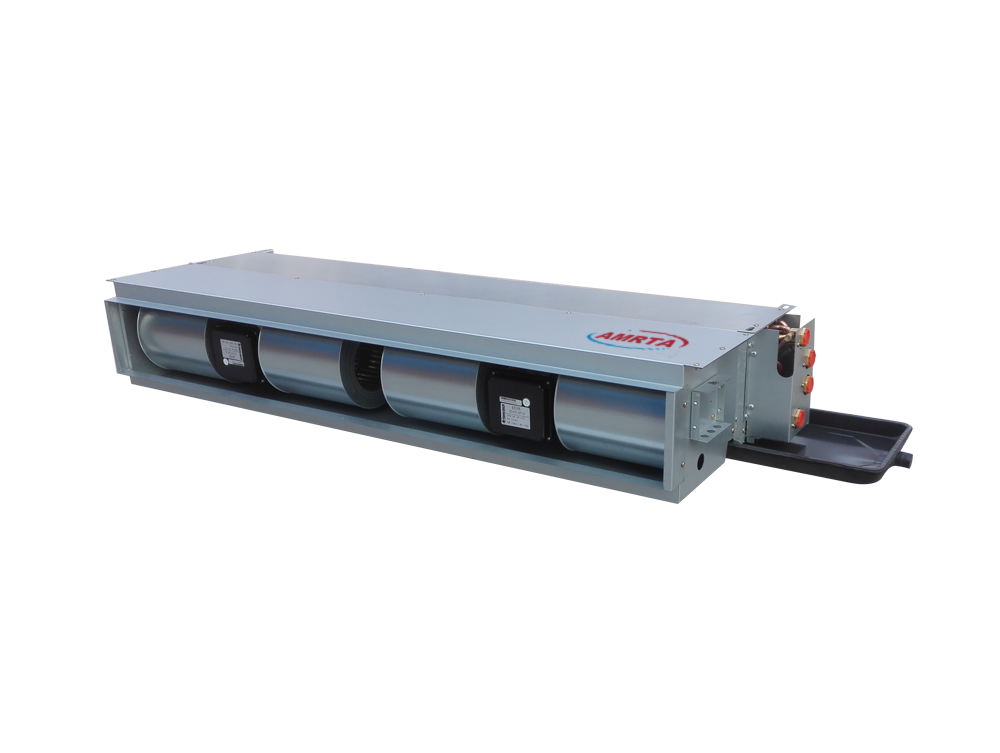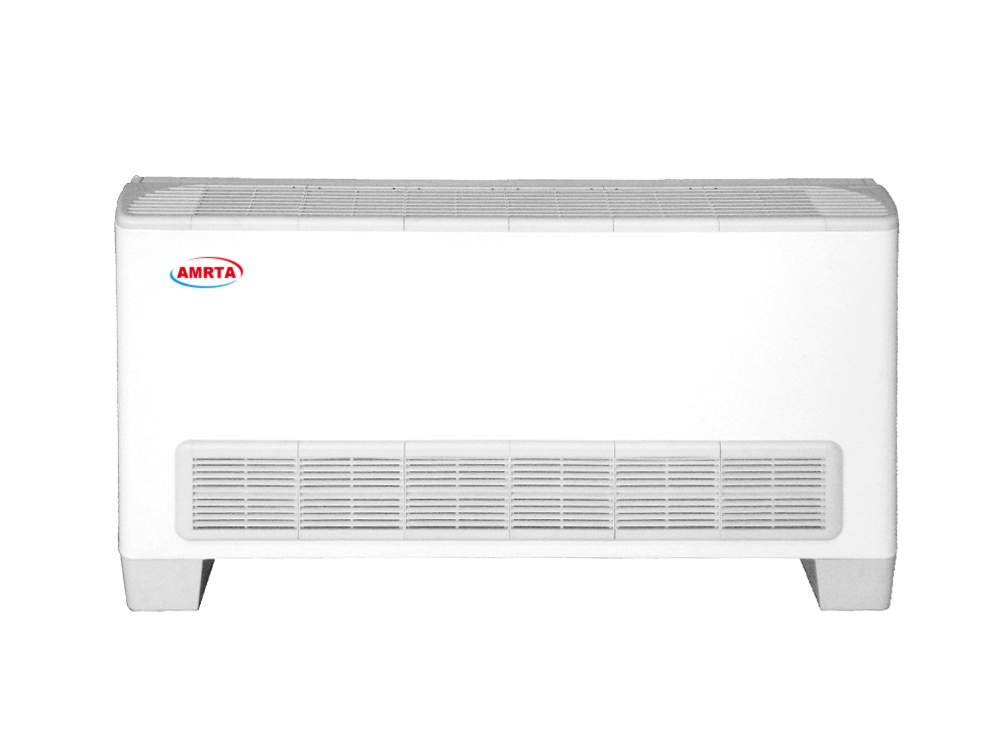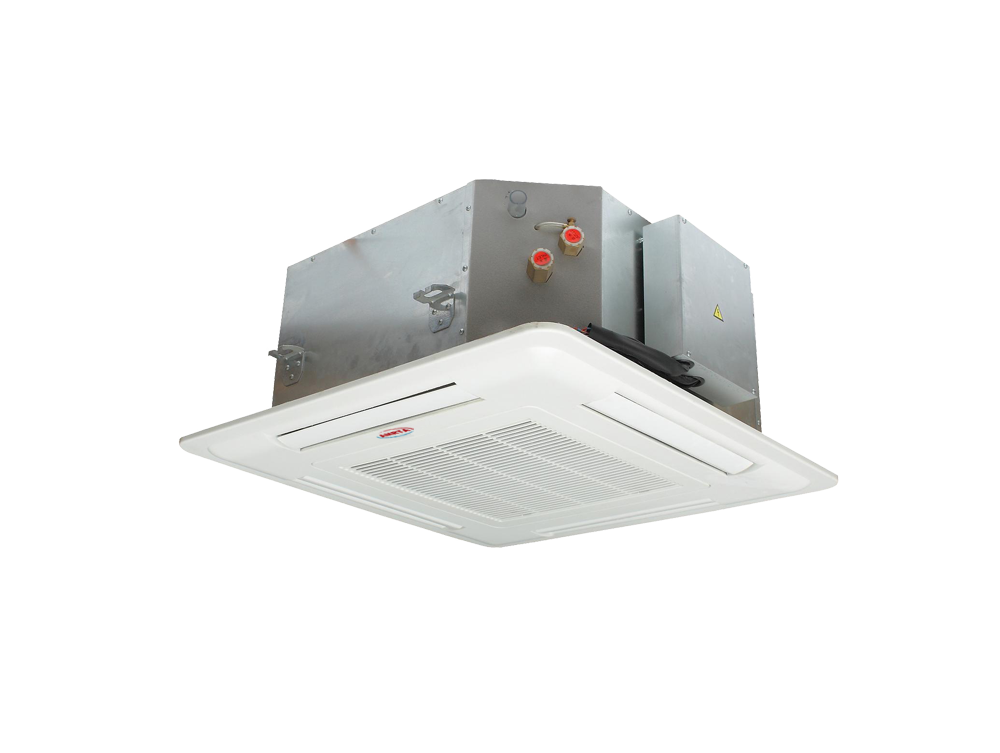Diesel generator maintenance training of the diesel engine - p5-p8 of the second diesel generator diesel engine working principle and use of precautions diesel generator | diesel generator price / 2017-12-18
Diesel generator repair training diesel engine - p5-p8 of the second section Diesel generator diesel engine working principle and precautions First, the working principle of diesel engine
The basic working principle of a diesel generator diesel engine is to inject high-pressure diesel fuel into the combustion chamber to release heat energy and convert the thermal energy into mechanical energy. To fully understand the working principle of the diesel engine, we must first understand the top dead center, bottom dead center, piston stroke, valve phase, combustion chamber volume, cylinder working volume, compression ratio, intake stroke, compression stroke, power stroke and exhaust Travel and other concepts.
1 top dead center: Refers to the piston farthest from the center of the crankshaft or the closest position to the cylinder head, as shown in Figure 14.
2 bottom dead center: refers to the piston closest to the center of the crankshaft, as shown in Figure 1-5.
3 Piston stroke; refers to the distance between the top and bottom dead center of the piston. From the current situation of the diesel generator diesel engine used, the piston stroke of the 135 series diesel engine is 140mm and 150mm. Some of the accessories are the same, while others are different. Please pay attention when selecting the accessories.
4 Valve phase: Diesel generator set The timing of the start and stop of the intake and exhaust valves of the diesel engine is called the valve phase when the crank angle is used.
5 The volume of the combustion chamber; refers to the space above the top dead center.
8 cylinder work passenger product; refers to the displacement of the piston from top dead center to bottom dead center when the corresponding cylinder volume.
7 The ratio of the compression ratio to the total volume of the cylinder (ie, the sum of the volume of the combustion chamber and the working volume of the cylinder) and the volume of the combustion chamber is called the compression ratio.
8 Intake stroke: The purpose is to ensure that the cylinder is filled with enough fresh air. When the piston moves downwards, the intake valve opens and the ambient air is drawn into the cylinder until the piston reaches bottom dead center and the intake valve closes.
9 compression stroke; the piston moves from bottom dead center to top dead center, and the intake valve closes through a certain angle after bottom dead center (main purpose is to inhale fresh air). At this point, the exhaust valve is still closed and the cylinder is in a sealed state. Due to the upward movement of the piston, the air in the cylinder is compressed. The compression end point pressure reaches 3~4Wa and the temperature can reach 500°C to 750°C. Note that the timing of the combustion of diesel fuel into the combustion chamber is at a certain angle before top dead center and not just at top dead center.
10 power stroke; when the piston runs to a certain angle before TDC, the injector begins to spray high-pressure atomized diesel oil into the Rao room. After the diesel fuel is mixed with high-temperature and high-pressure air, it quickly catches fire and releases a large amount of heat energy.
At this time, the pressure and temperature of the gas in the cylinder increase rapidly. Under the pressure of high-pressure gas, the piston moves toward the bottom dead center and turns the crankshaft to output power through the connecting rod. The power stroke is actually a process in which a diesel engine converts thermal energy into mechanical energy.
Exhaust stroke: During this trip, the exhaust gas in the cylinder is completely exhausted and fresh air is again drawn in for the next working cycle.
Actually, the piston opens the exhaust valve before the bottom dead center of the power stroke. After the bottom dead center, the piston goes upward. At this moment, the exhaust valve is fully opened and the intake valve is still closed. At this time, the exhaust pressure in the cylinder is higher than Atmospheric pressure rushes out of the exhaust valve. In order to clean the exhaust gas in the cylinder, the exhaust valve is closed after the piston passes the top dead center.
Diesel generator set diesel engine converts thermal energy into mechanical energy through the cycle of intake, compression, work and exhaust. A diesel engine that completes a work cycle in four trips is called a four-stroke diesel engine.
Next:Precautions for the Use of Diesel Engine Maintenance Training - Diesel Engine p8-p11
Prev: Diesel Engine Maintenance Training Diesel Part-p3-p5
Prev: Diesel Engine Maintenance Training Diesel Part-p3-p5
Chilled Water Fan Coil
Air flow: 340m3/h-2380m3/h, Cooling capacity: 1800W-12600W
Characteristics:
1.Efficient and energy saving
2.Quiet operation
3.Stable and reliable
4.Coil type. 2 pipes 3 rows/4 pipes 3+1 rows/2 pipes 4 rows
5.External static pressure(concealed type Fan Coil)
Standard pressure 12Pa/Medium static pressure 30Pa/High static pressure 50Pa
6.Installation. Concealed in the suspending ceiling/mounted on the wall/on the floor



Chilled Water Fan Coil
Chilled Water Fan Coil,Chilled Water Fan Coil Unit,Chilled Water Exposed Fan Coil,Exposed Type Fan Coil Unit
Jinan Amrta Air Conditioning Co.,Ltd , https://www.waterchiller.pl
